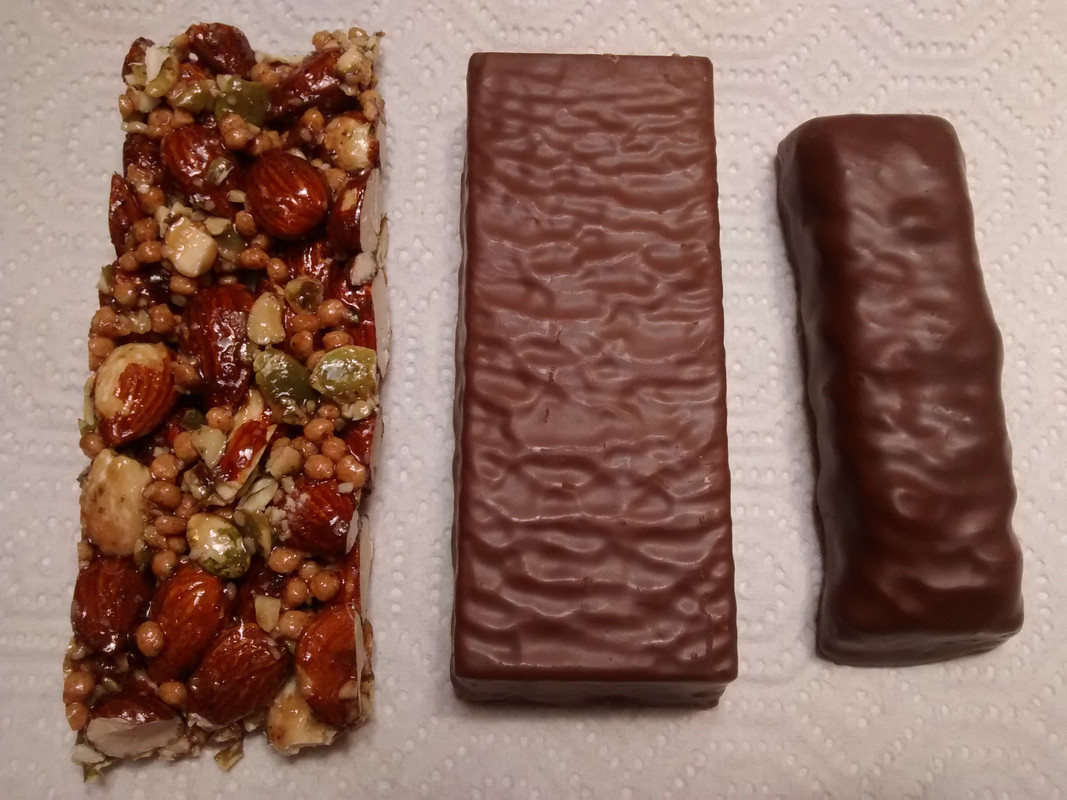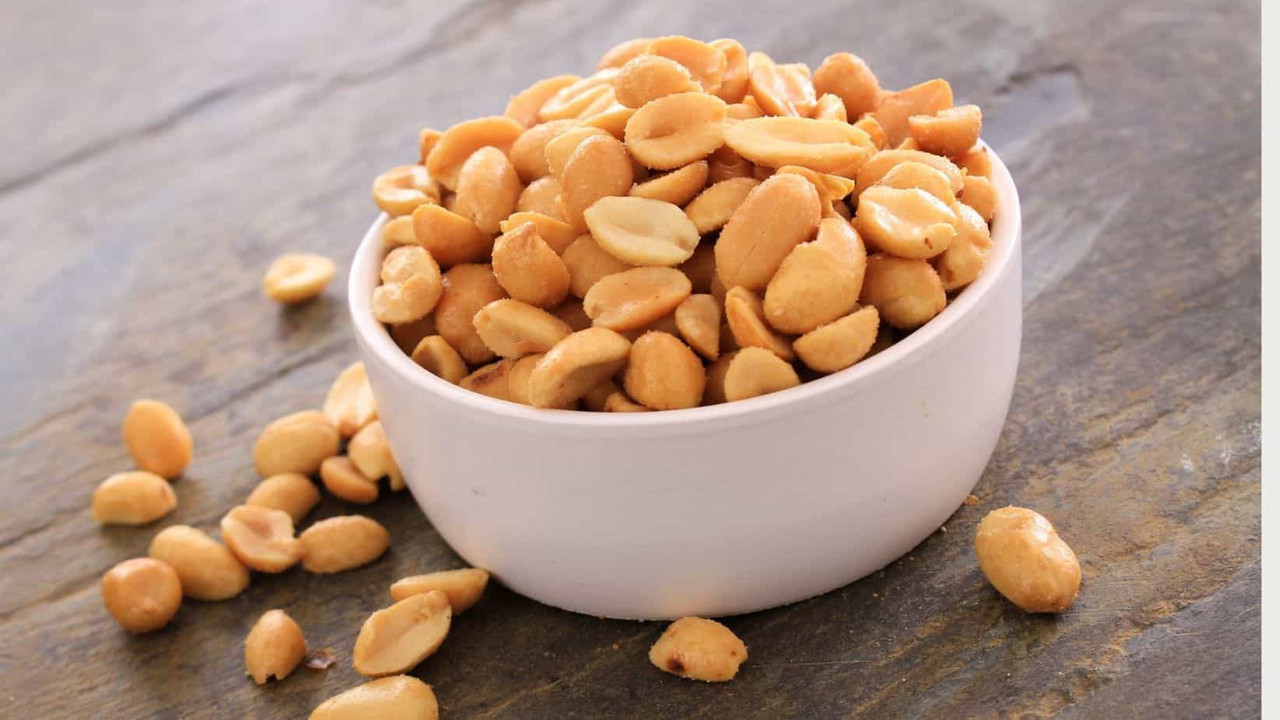Most likely, when you think about protein, beef comes to mind. It is said, there are many other places to obtain this important nutrient, which are necessary for your body to manufacture and repair cells. It is also possible to have high diet high in protein without using meat products, thanks to foods like tofu, yogurt, almonds, seeds.
Almonds — Nutrition, Benefits, and Uses
Almonds can be easily added to your favorite dishes, are a delicious and heart-healthy snack, and a great source of protein. Surprisingly optimically, they perform well in charming recipes as they do in cakes and other sweet. Almonds provide 0.2 ounces (6 grams) protein in 1 ounce (28 grams) service.
Black Beans – Nutrition, Benefits, and Recipes

Some foods are more optimal than black beans, often used in vegetarian food such as burgers and chillis. Black beans are exceptionally abundant in protein and provide many health benefits, whether dried or canned; 6 ounces (170 grams) of ripe black beans contain 0.5 ounces (14 grams) of protein. They also come with additional benefits of a long shelf life.
Cheddar – A Complete Guide
Good news for cheese lovers: Chedder is a great source of protein despite being a high calorie content. About 1 ounce (28 grams) protein can be found in 4 ounces (113 grams) grated cake cheese. Go ahead and eat that cheese toasty; This should make you feel more time filled than in low -fat options.
Chia Seeds: Benefits, Uses, Nutrition, and Side Effects
A 1 -oz (28 g) part of chia seeds has a high antioxidant, mineral and omega -3 fatty acid material. It has 0.4oz (11G) of fiber and less than 0.2oz (5.5g) of protein. They can be eaten, or sprinkled on grains, salads and curd. Alternatively, chia seeds absorb water and create a gel -like stability that is ideal for use in pudding and high other desserts in protein.
Chickpeas – Nutrition, Benefits, and Uses
Known by another name, Garbano beans, or chickpeas, are the major components of Hammus, beloved Mediterranean Dip, and butter, walnuts and creamy. These nutrients are strong in powerhouse protein, which offer 0.5 ounces (14G) per 6 ounces (170 grams), less (keeping you full for a long time) in the glycemic index, and packed with fiber. Vegetarian egg-white optional aquafba (tinked chickpeas) enhances the appeal.
Protein Bars – The Ultimate Guide to Nutrition on the Go

The ingredients and nutritious levels of protein bars vary, but they are an easy way to promote your protein intake when leaving. Typically, once the protein will provide 0.4–0.7oz (10–20G), but beware of calorie count and fat content.
Plant-based meat substitutes
Most plant-based meat options are high in protein, which is very good if you want to reduce the number of animal-based products in your diet. Nutritional materials will be different from product to product and brand to brand, so it is worth finding out what is available, checking the lists of the material and selecting you accordingly.
Raed more:- Pakora platter Indian appetizer recipe
Yogurt – A Complete Guide to Benefits, Types, and Uses
Greek yogurt is just a curd made from cow's milk which is stressed to remove whey, causing a thick thick stability. Great with granola and berries for breakfast, provides 0.3oz (9G) of a 3.5oz (100 g) serving protein of Greek yogurt. It also actually serves as a low -fat option for mayonnaise or sour cream.
Cashews: Nutrition, Benefits, Uses, and Side Effects
Promote a protein in search of a delicious, healthy way to give your homemade trail? Try to add cashew nuts, which come with an impressive 0.7oz (20 grams) per 5OZ (142g) per protein. Native of Brazil - and in fact a fruit seeds instead of walnuts - cashew nuts are also low in sugar and high in fiber.
Peanuts – Nutrition, Benefits, Uses, and More

Happy Days, Peanut Lover! Not only does peanuts have a reasonable price, but they also provide an amazing dose of protein, whether you eat them as a snack or sprinkle them on their pad Thai. Two tablespoons of smooth peanut butter give a little more than 0.2 ounces (6G) protein, while 1 ounce (28 g) of dry-roasted peanuts in service compared to 0.2 ounces (7G). But keep in mind that peanuts and peanut butter are heavy in calories, so see how much you eat.
Pea Protein – A Complete Guide to Benefits, Uses, and Nutrition
Pea protein is a food supplement derived from yellow peas. It is a good source of iron and provides more than 0.5oz (15G) per 1oz (28g) per protein. It can be added to shake, baked goods, smoothies, oatmeal and homemade ice cream. With all the diet supplements, it is best to consult a professional to ensure that you are taking the right amount.







